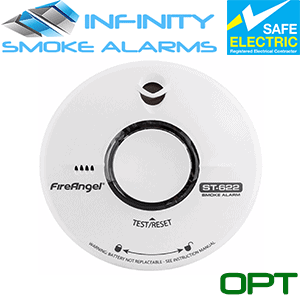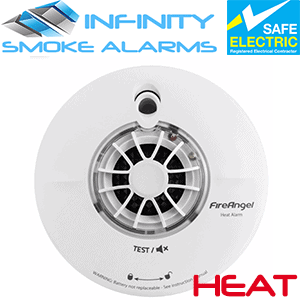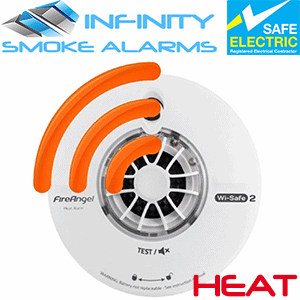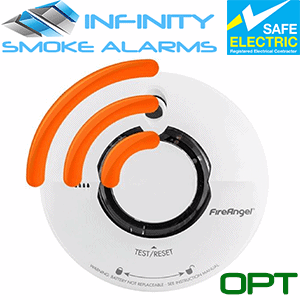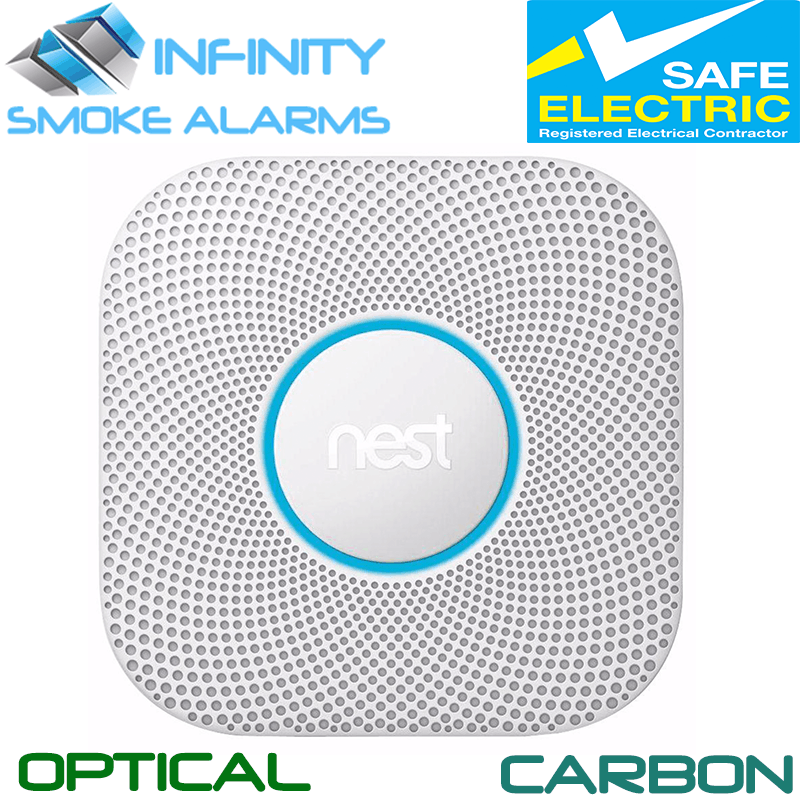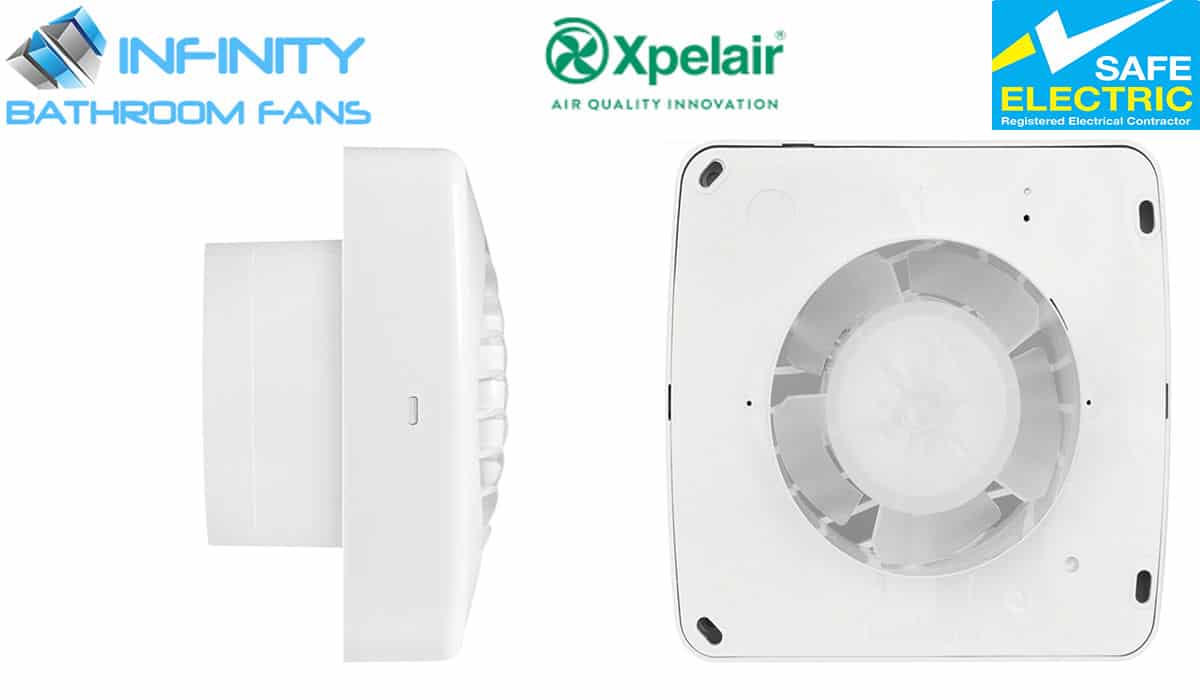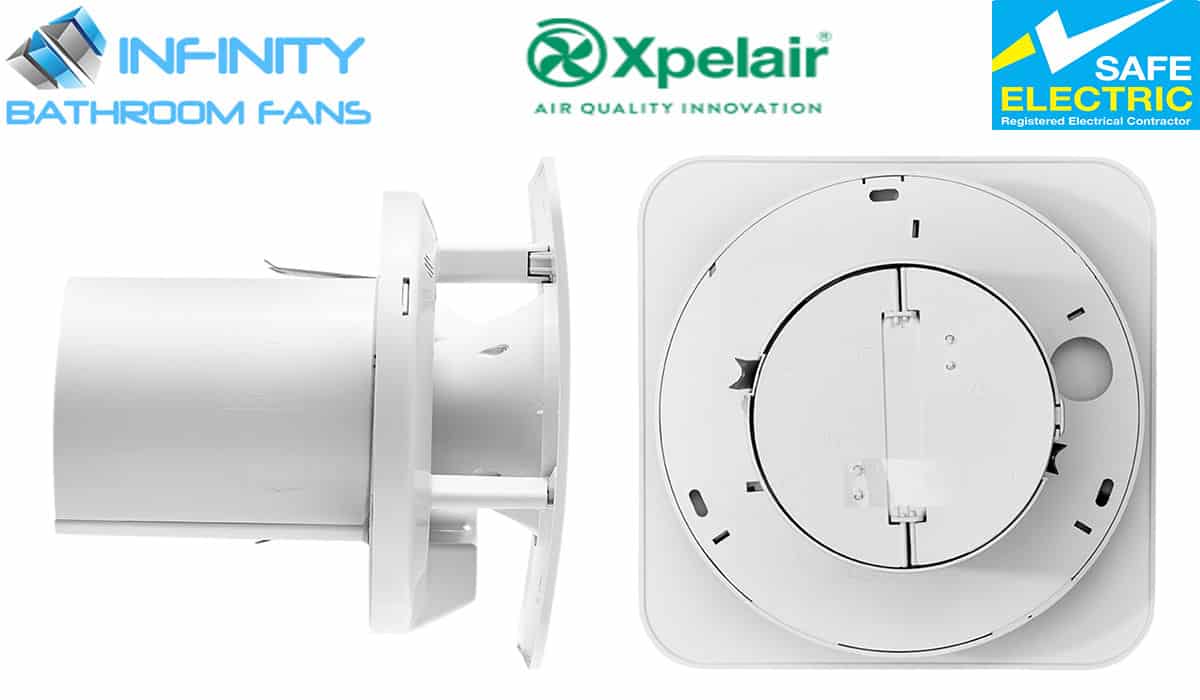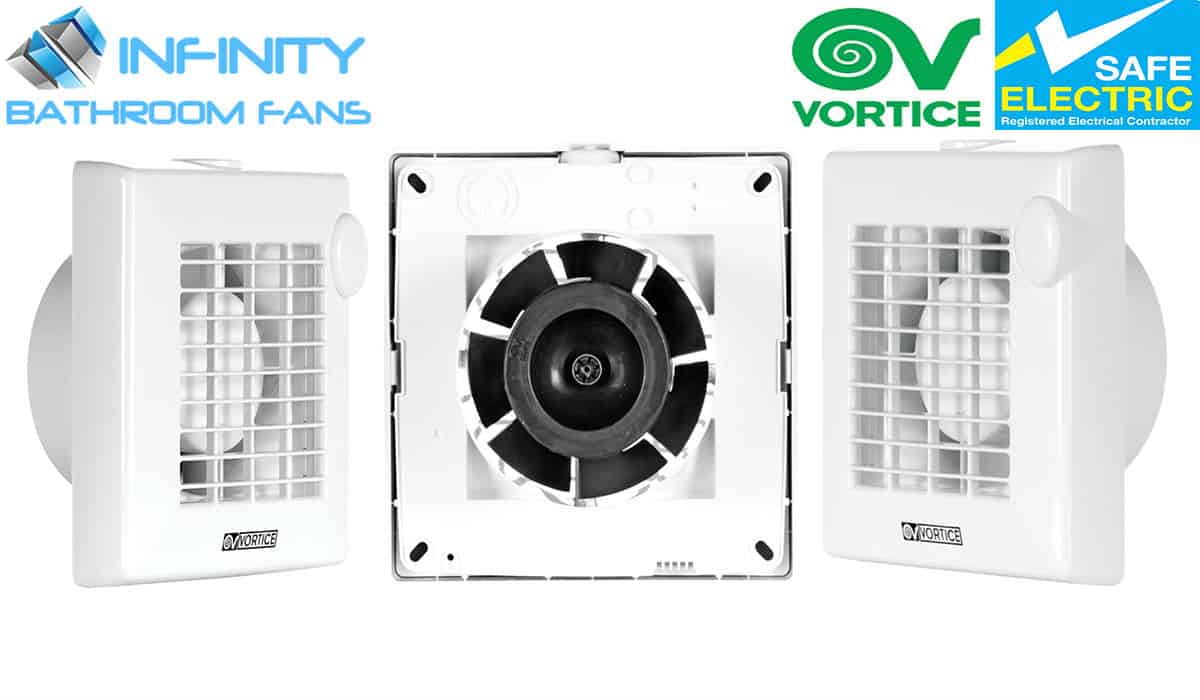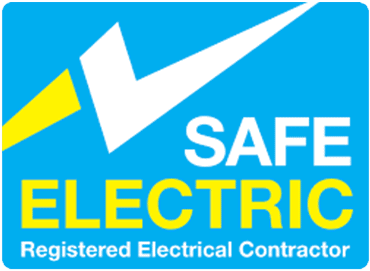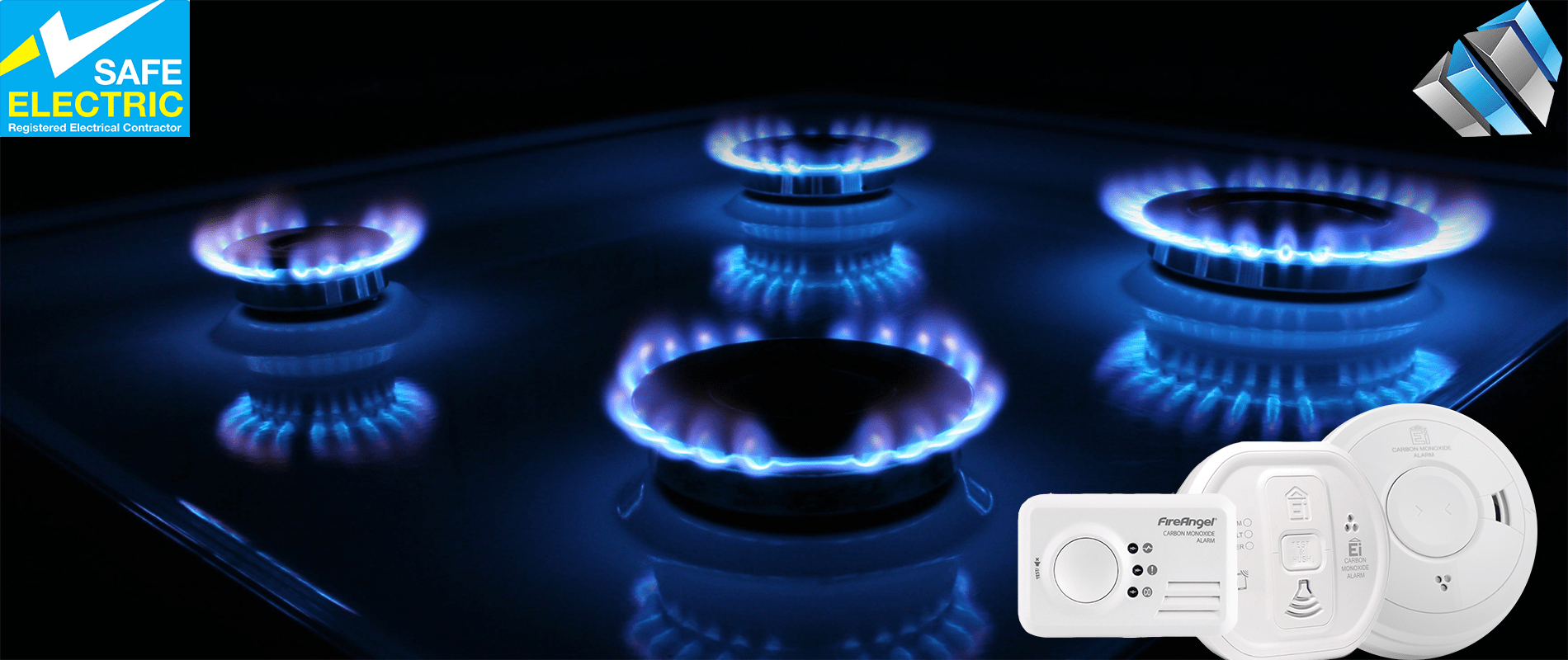
Dublin’s number one
smoke alarm
installer
We Are Part Of The Infinity Electrical Group, We Install All Type Of Hand Dryers And Outdoor Heaters We Also Do www.pumpsdublin.ie Or www.electrician-dublin.ie If You Need Any Electrical Or Plumbing Work Please Call Our Office On 01-4458543 Or Mobile On 0831625009. We Are Based In Ireland And Irish Owned

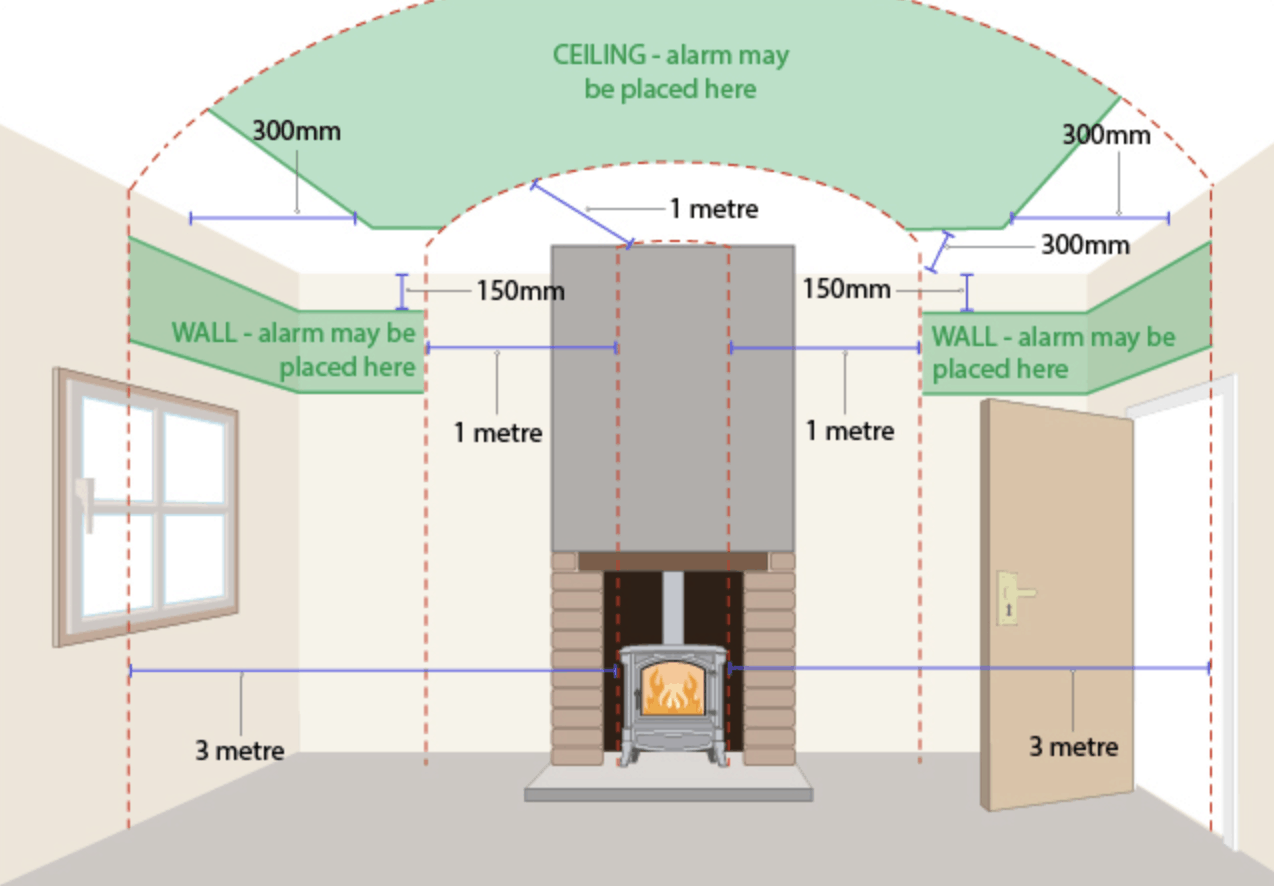
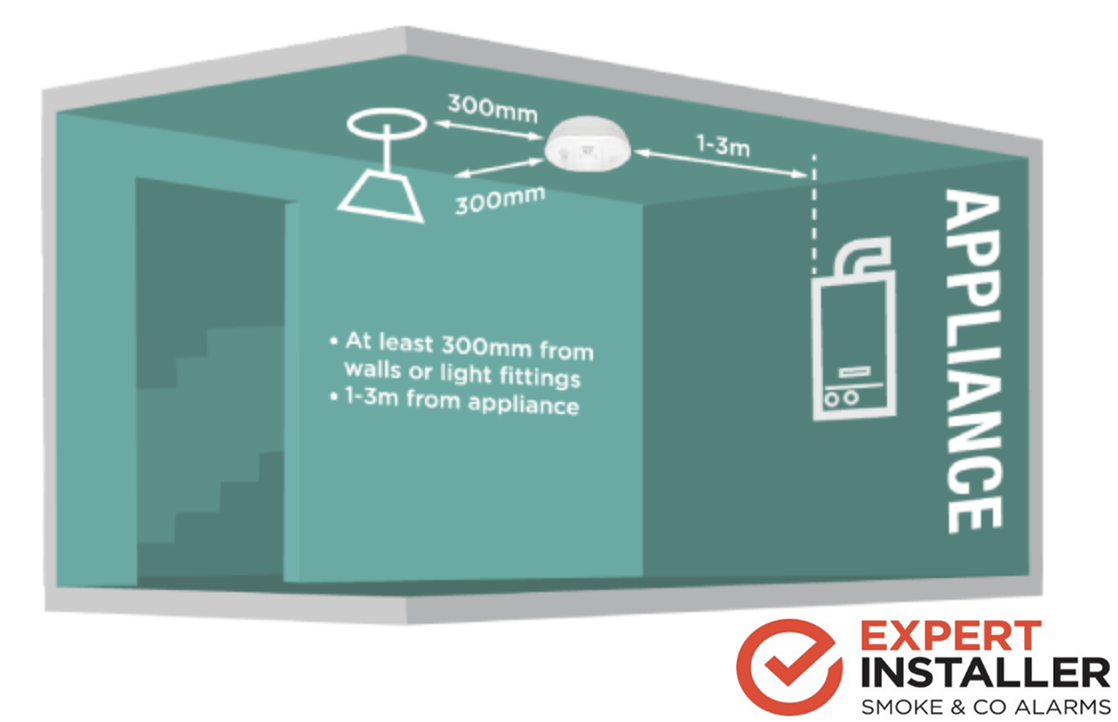
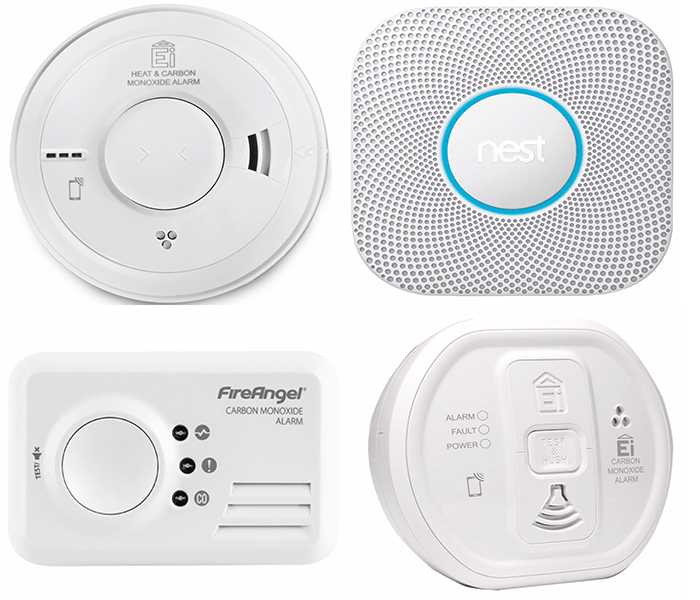
often called the silent killer, with six people dying on average in Ireland every year as a result of unintentional carbon monoxide poisoning.
Carbon Monoxide Alarms
Carbon monoxide alarms are used to detect the presence of carbon monoxide in a building or vehicle. Carbon monoxide is one of the most dangerous gases that kill faster. One of the factors that make it more dangerous is the fact that it is colorless. In this case, it cannot be seen and detected by the human eye. Also, it cannot be smelled. Therefore, the use of a detector becomes essential to save people from its harm. The carbon monoxide sensor goes off when carbon monoxide in a house builds ups to levels that may be dangerous to the occupants. The alarm goes off at a lower when people start experiencing carbon monoxide poisoning.
Smoke alarms installed need enough power supply to operate correctly. Fire Angel Battery & Mains provided by our company are effective and contemptible. Get Fire Angel Battery & Mains at affordable prices. It comes with warranty.
Modern carbon monoxide detectors are fitted with features that allow them to be connected to the user’s mobile phones. In case of dangers of poisoning, the alarm goes off, and the mobile phone users connected to it get a notification. This makes it easy for people to escape unharmed, especially where they may fail to hear the alarm like in a crowded and noisy environment. Additionally, different detectors can be placed in different parts of the room and interconnected. When a dangerous level of carbon monoxide is detected in one room, the alarm goes off to alert people present in the building.
Stable sensor: Different sensors can be used in the making of a carbon monoxide detector. Some sensors will be ineffective in certain weather conditions. Hence, the most applied sensors are the electrochemical sensors as they have better stability. Replacement alert: Aside from the alert given when the level of carbon monoxide goes high, the system is also fitted with a replacement alert to ask for prompt replacement when the system becomes less functional. This is because carbon monoxide is dangerous and hence staying with a malfunctioned alarm system risks lives. Verbal alarm: Aside from the sound going off to alert the occupants of rising levels of carbon monoxide, the system is also fitted with verbal alarm systems. These alarm systems give verbal communication on where the source of carbon monoxide could be located. This helps in the implementation of mitigation measures. Another feature is the backup power. Carbon monoxide alarm systems should be functional throughout. Hence, there should always have a power supply. In this case, there should be a backup power supply for the system when the main goes off to allow for continuity of operation.
Important information regulations
Carbon monoxide alarms
A carbon monoxide alarm depends on a sensing element the output of which changes in the presence of carbon monoxide. It has a limited life span and may become obsolete even though the electric circuitry
remains functioning which is why an end of life alarm is required. The carbon monoxide alarm may give an end of life
indication in accordance with the following criteria:
1. Powered by a non replaceable (sealed) battery unit where the battery life does not exceed the life of the sensor;
2. Powered by mains electricity (not plug in type) where a timer is included to indicate the end of life of the unit;
3. Powered by a replaceable battery where the timer is included to indicate the end of life of the unit Carbon monoxide alarms should:
a. Comply with I.S. EN 50291-1:2010/A1:2012; and
b. Incorporate a visual and audible indicator to alert users when the working life of the alarm is due to pass; and
c. The manufacturer should have a third-party certification confirming compliance with the standard.
Types of alarms
From 1997 A Grade D smoke alarm was required in the Hallway, Landing and Kitchen
From 2006 A Grade D smoke alarm was required in Hallway, Landing, Kitchen and principal living room
From 2017 IS3218:2017 Part 10 for all New build,
Refurbishments and Rewires.
Refer to paragraph 10.2.1.1 of the current standard.
Brands of mains smoke alarms
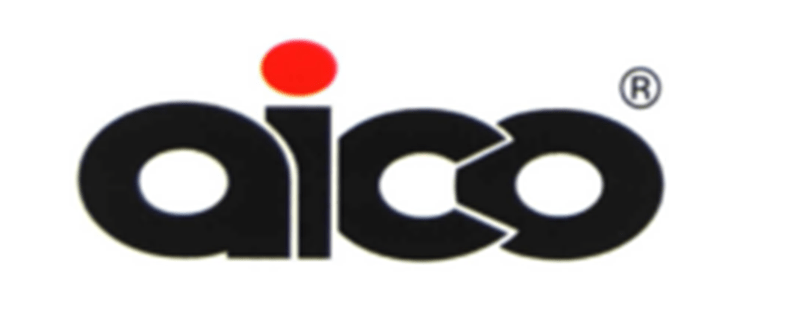
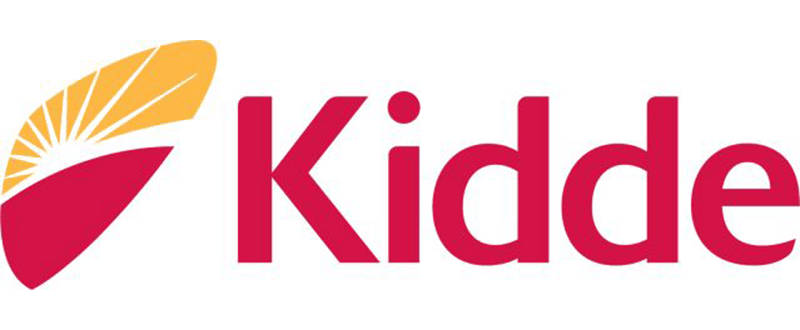
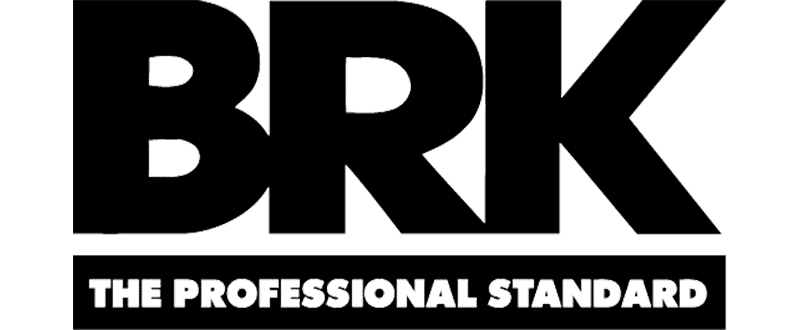

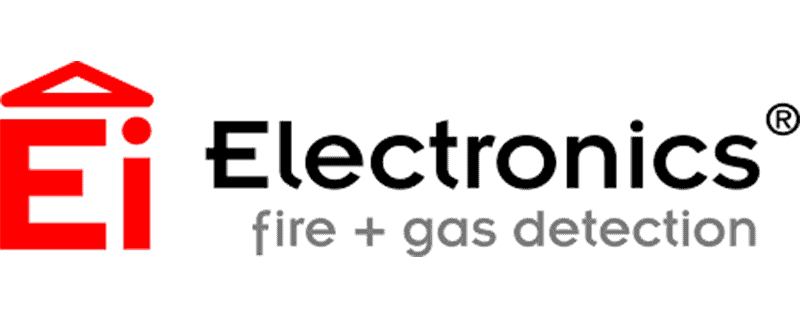
TYPES OF ALARMS
There are mainly four types of smoke alarm currently on the market – ionisation, optical (also described as photo electronic), heat and combined.
IONIZATION
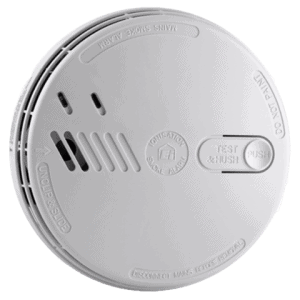
These are the cheapest and cost very little to purchase. They are very sensitive to small particles of smoke produced by fast flaming fires, such as paper and wood, and will detect this type of fire before the smoke gets too thick. They are marginally less sensitive to slow burning and smouldering fires which give off larger quantities of smoke before flaming occurs. They can also be too over-sensitive near kitchens.
OPTICAL
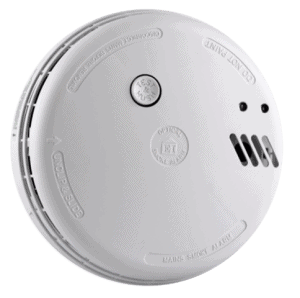
These are more expensive but more effective at detecting larger particles of smoke produced by slow-burning fires, such as smouldering foam-filled upholstery and overheated PVC wiring. They are marginally less sensitive to fast flaming fires. Optical alarms can be installed near (not in) kitchens, as they are less likely than ionisation alarms to go off when toast is burned.
COMBINED SMOKE & CARBON MONOXIDE ALARM
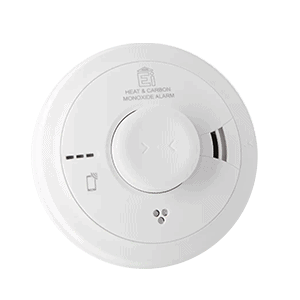
Alarms that combine both smoke detection and CO alarm protection in one ceiling-mounted unit. This reduces costs and takes up less of your living space.
COMBINED OPTICAL SMOKE & HEAT ALARMS
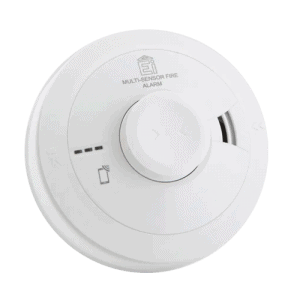
These are more expensive but more effective at detecting larger particles of smoke produced by slow-burning fires, such as smouldering foam-filled upholstery and overheated PVC wiring. They are marginally less sensitive to fast flaming fires. Optical alarms can be installed near (not in) kitchens, as they are less likely than ionisation alarms to go off when toast is burned.
HEAT ALARMS
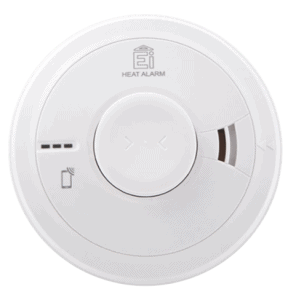
They detect the increase in temperature from a fire and are insensitive to smoke. They can therefore be installed in kitchens. They only cover a relatively small area of a room, so potentially several heat alarms need to be installed in a large kitchen.
Important information regulations
Carbon monoxide alarms
A carbon monoxide alarm depends on a sensing element the output of which changes in the presence of carbon monoxide. It has a limited life span and may become obsolete even though the electric circuitry
remains functioning which is why an end of life alarm is required. The carbon monoxide alarm may give an end of life
indication in accordance with the following criteria:
1. Powered by a non replaceable (sealed) battery unit where the battery life does not exceed the life of the sensor;
2. Powered by mains electricity (not plug in type) where a timer is included to indicate the end of life of the unit;
3. Powered by a replaceable battery where the timer is included to indicate the end of life of the unit Carbon monoxide alarms should:
a. Comply with I.S. EN 50291-1:2010/A1:2012; and
b. Incorporate a visual and audible indicator to alert users when the working life of the alarm is due to pass; and
c. The manufacturer should have a third-party certification confirming compliance with the standard.
Types of alarms
From 1997 A Grade D smoke alarm was required in the Hallway, Landing and Kitchen
From 2006 A Grade D smoke alarm was required in Hallway, Landing, Kitchen and principal living room
From 2017 IS3218:2017 Part 10 for all New build,
Refurbishments and Rewires.
Refer to paragraph 10.2.1.1 of the current standard.



